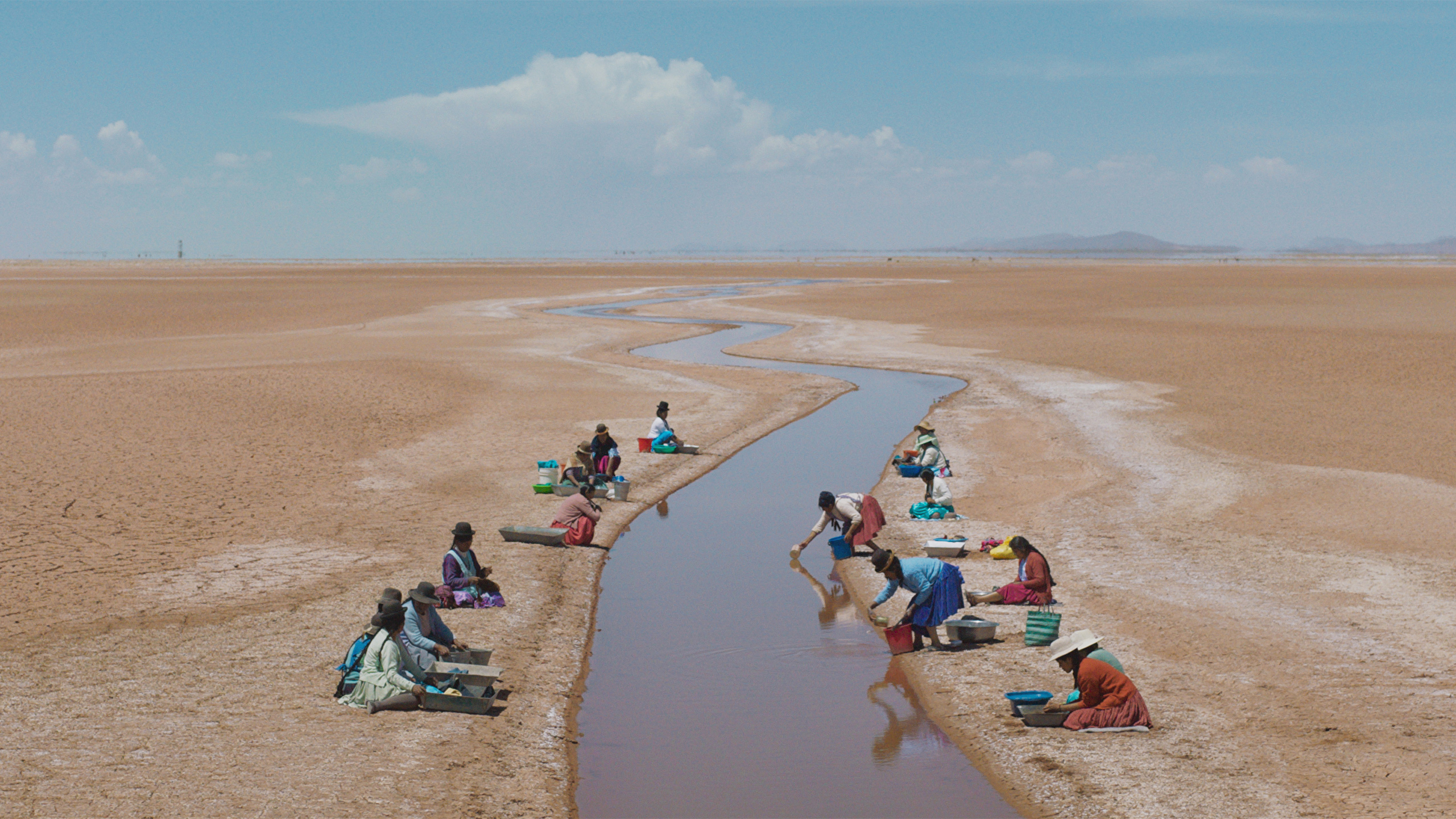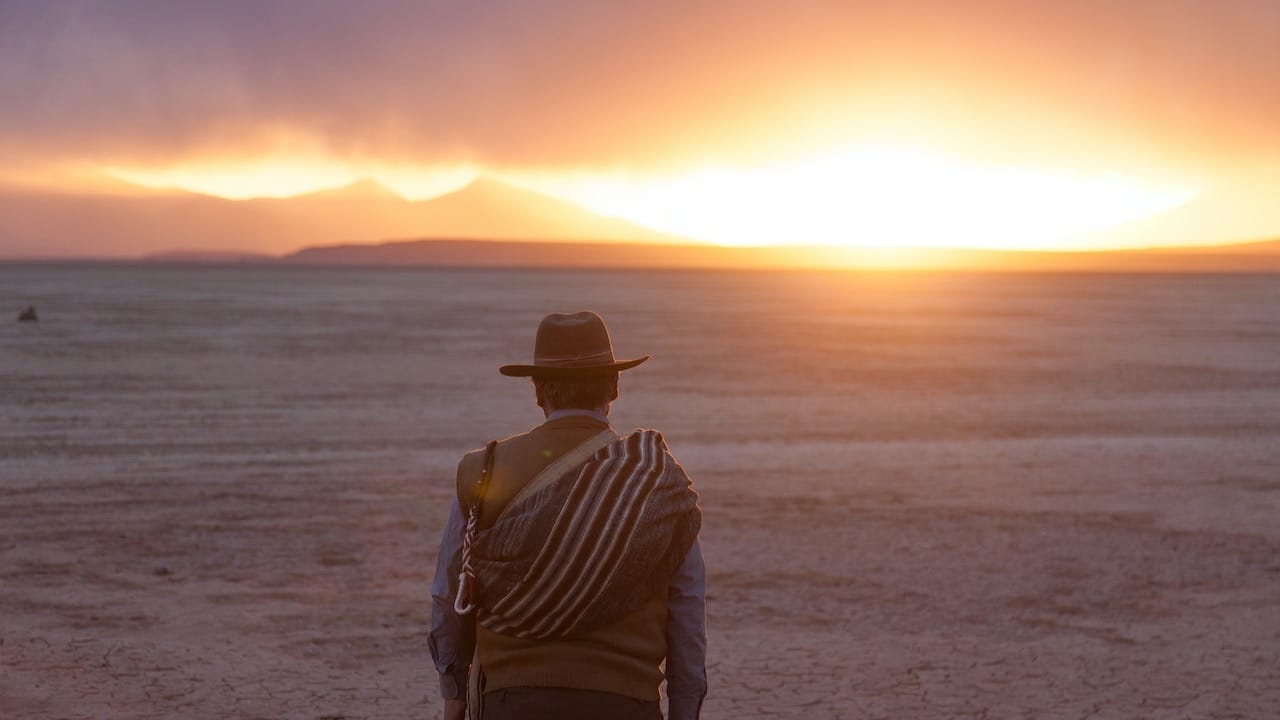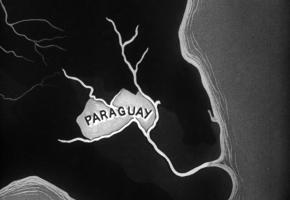Starring José Calcina, Luisa Quispe and Santos Choque, UTAMA follows an elderly Quechua couple who have been living the same daily routine for years in the arid Bolivian highlands. When an uncommonly long drought threatens their entire way of life, Virginio and Sisa must decide whether to stay and maintain their traditional way of life or admit defeat and move in with family members in the city. When their grandson arrives with news it brings their predicament into sharp focus as they confront climate change, the value of tradition, and the meaning of life. The visually jaw-dropping debut feature by photographer-turned-filmmaker Alejandro Loayza Grisi is shot by award-winning cinematographer Barbara Alvarez. I began by asking Alejandro...What is the meaning of Utama and why did you choose this as the title for your film?
Alejandro Loayza Grisi: Utama means “our home” in Aymara, another native language. The film was originally supposed to be in Aymara but, when we travelled and met this other community, we changed the language to Quechua. However, we found the name so beautiful and meaningful that we decided to keep it in Aymara.
LL: What are the different kinds of threats towards the way of life of the indigenous protagonists, Virginio and Sisa?
ALG: The main threat that Virginio faces is communication and silence. He is suffering from an illness and he struggles to speak about it. Virginio is also confronted with the experience of facing death and accepting it. Another threat to Virginio and Sisa’s lifestyle is the environment and the tough decision of whether to remain in their village or move to the city in the face of severe drought. A third threat that affects Virginio is the generational barrier between himself and his grandson, Clever. Virginio faces far more threats and conflicts than Sisa, who has a very clear understanding of life and how to communicate with others.
LL: Talking about the environmental threat, you have worked a lot with environmental photography and filmmaking. What was the motivation to make a film about the environment in Bolivia?
ALG: The environment was the main motivation for the film. I could travel around my native Bolivia and see all the environmental problems we face as a country. A feeling of being powerless struck me because documentaries are sometimes simply not enough. Including the environmental problem within the fictional narrative was a way of showing the Bolivian population, and the rest of the world, the problems that we face as a society. However, the environment is not the only problem. Migration is also a crucial problem that we will need to be prepared for in the future.

LL: How did you strike the balance between the need for change and the need to maintain customs and traditions in the film?
ALG: On the one hand, the world is full of changes and you have to learn to accept them in the best way possible. However, it’s important to understand the reasons for these changes and the effects that they produce, and on whom. For me, it was crucial to portray this reality right now. We do not know whether a change will be positive or negative but what we do know is that it is imminent. The world is globalising and cultures are beginning to increasingly merge. We are forgetting our essence because we have only been living in large cities for the last three or four centuries. It is important to understand other parts of the world where local traditions and distinct ways of life remain strong. We should not let them fade away so easily.
LL: What was the experience like working with members of the Quechua community such as José Calcina (who plays Virginio) and Luisa Quispe (who plays Sisa), who are not professional actors?
ALG: José and Luisa were not professional actors before we made the film but they certainly are now. It was a fantastic experience working with such beautiful people. They are actually married in real life and they claim to have never had an argument! One of the most important aspects of cinema is the process because it’s what inspires you. We had a lot of fun making Utama and both José and Luisa were content and comfortable. In terms of the technical dimension, we rehearsed intensely and scene-by-scene, including the scenes without dialogue. It was a great support to have Clever there, who plays Virginio and Sisa’s grandson because he knows the craft a bit better. We worked with an acting coach who gave José and Luisa an intensive workshop in acting and we rehearsed the script during the afternoon.
LL: How was the film received by the local Quechua-speaking community?
ALG: It’s a small community composed of only 60 families, most of whom live in a neighbouring city in Chile close to the Bolivian border. The community invited everyone to come to the event. We filled a room with 500 people who laughed, cried, and identified with the film while we projected it on the big screen. It was essential to me that the local community felt that the film belonged to them. I did not want to provide a film from the point of view of somebody living in the city who barely knows the community and its way of life.

LL: How did your previous work with photography influence the film?
ALG: Photography gave me the opportunity to experiment a lot in composing and telling stories with just one image. It helped me a lot with cinema to tell stories through images and sometimes without dialogue. Photography helped me to experiment with different lenses and to train my eye. When I arrived at the shooting, I already had a precise vision of how I wanted the film to look. Once Barbara Álvarez joined me, she shared this same sensitivity and I immediately trusted her. Barbara offered me better framings than I could have ever imagined. It was a very complementary work.
LL: How did you resist the temptation to romanticise or simplify the lifestyle of Virginio and Sisa?
ALG: I feel that I have approached the film in an empathetic and respectful way. For me, the power of cinema is to be able to put yourself in someone else’s shoes and feel what they are feeling. Upon writing a script, you have to become this person. For the audience, it’s excellent to be able to travel the world and enter someone’s skin through the power of cinema. It’s a huge responsibility for directors. You cannot just turn up and start shooting and portray the place in a way that is not faithful. Prior to making the film, I conducted fieldwork to become acquainted with the place. I spent time talking with local residents and one community member acted as a gatekeeper who helped us to do the scouting and casting. I also worked with an environmental expert, an indigenous expert, and a person who studies the approach to death in Andean culture. I shared this story with a lot of people and that was extremely helpful. The script was a living being that was nurtured through these other ways of seeing the story.
Read our review of the film here
Screening now at ICA London, Garden Cinema, Waterman's Arts Centre, The Lexi Cinema (from 3 December). Screening details here: https://www.conic.film/films/utama

















